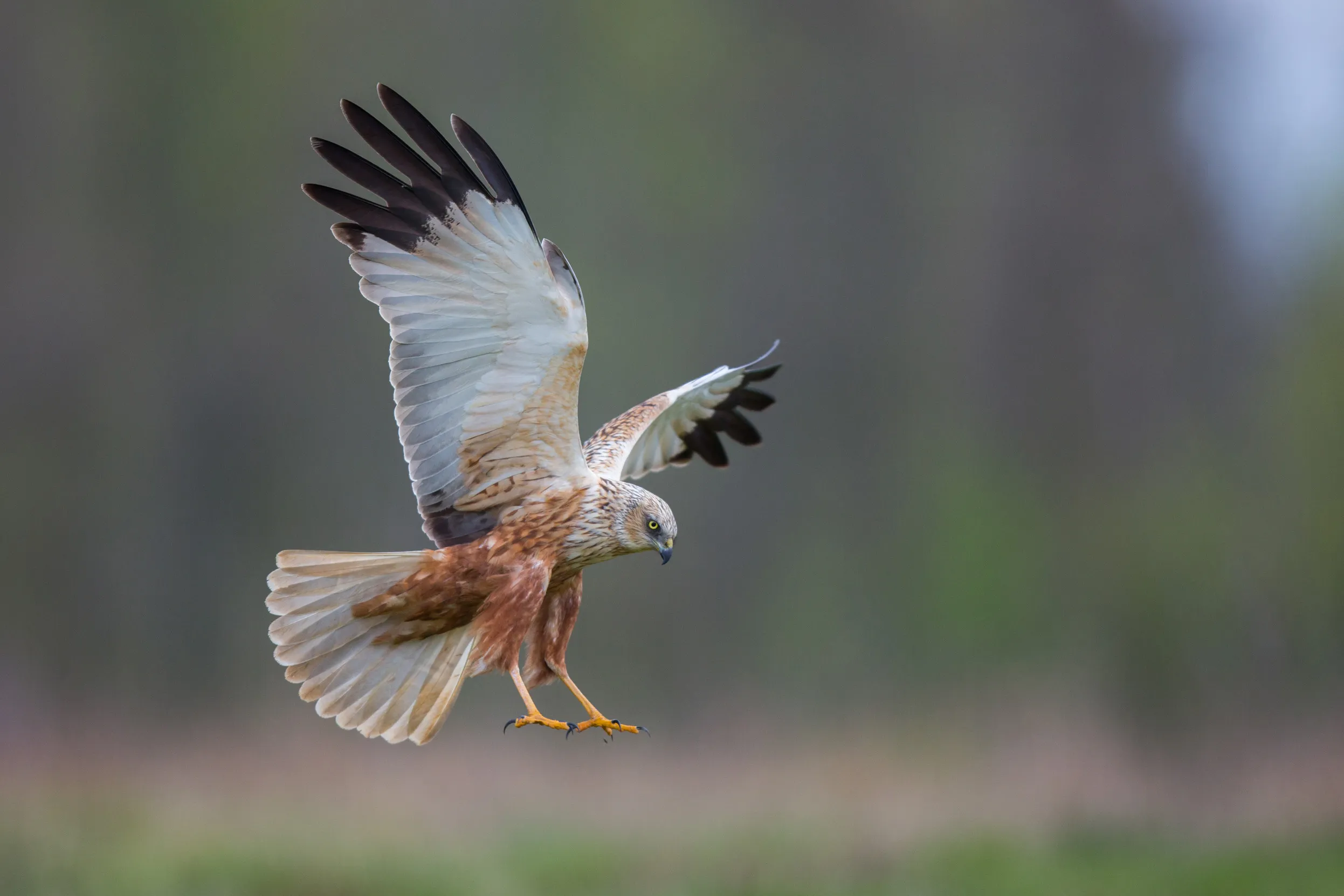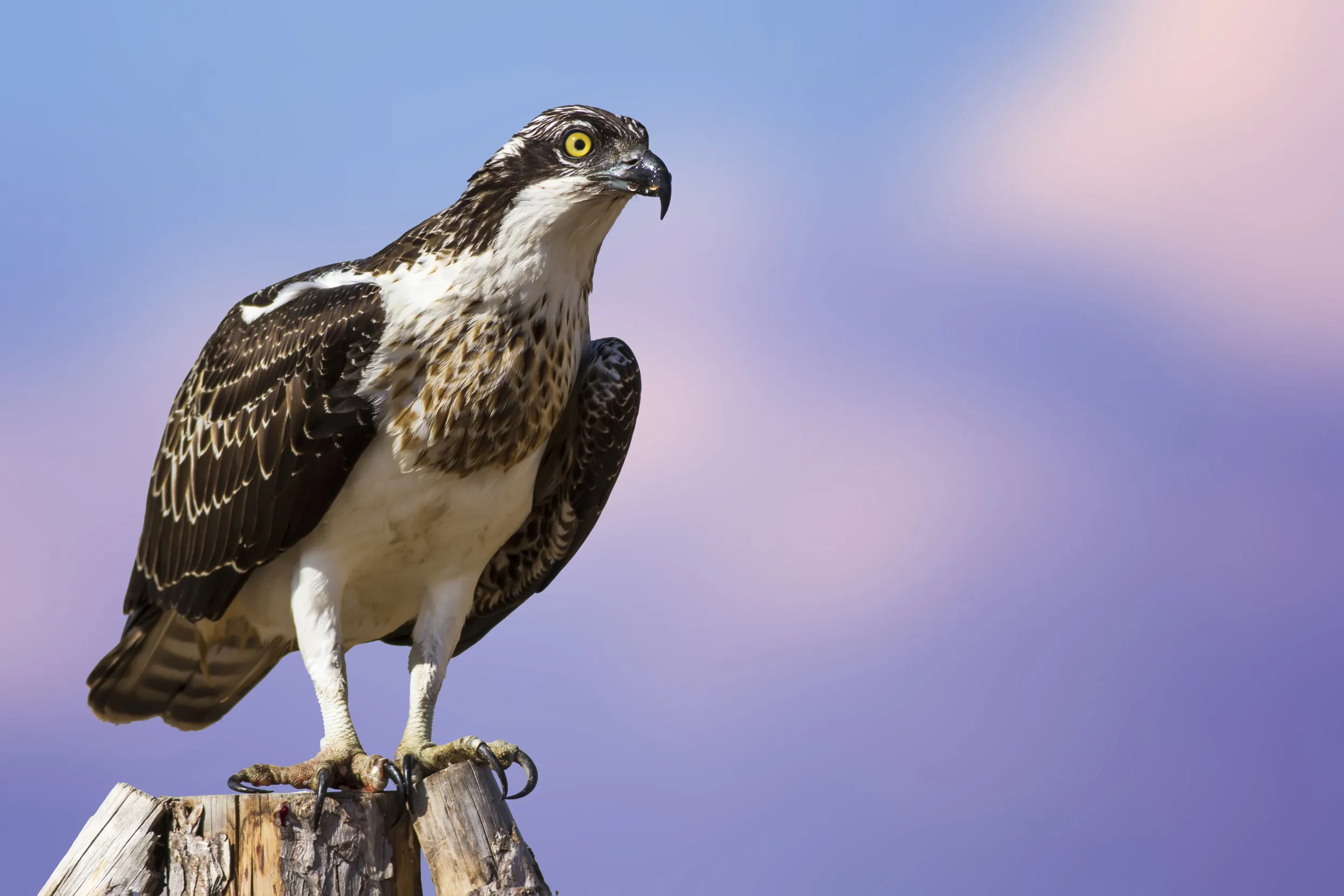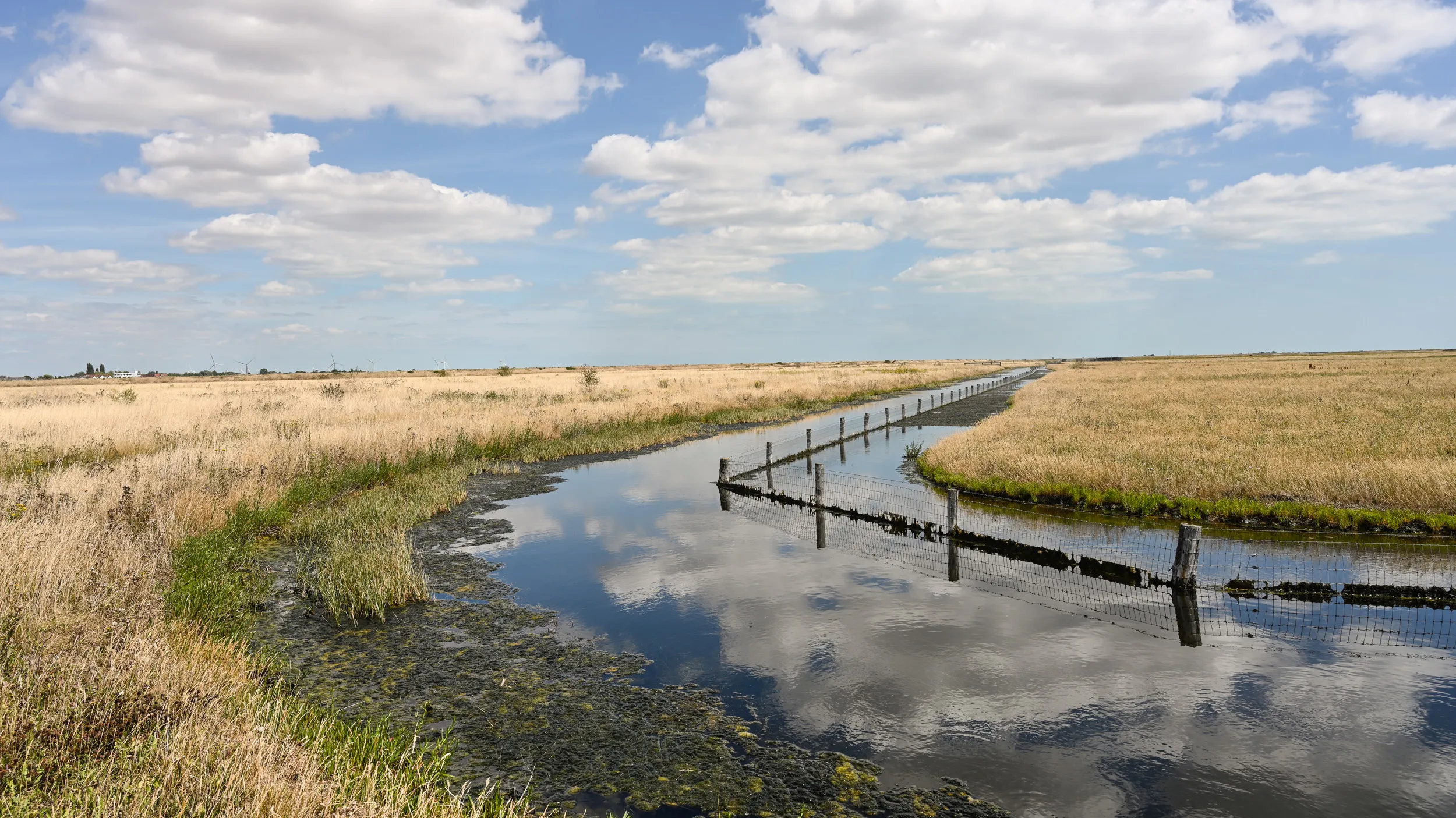News
Four ways to look out for wildlife this spooky season
Discover our top tips on how to enjoy Halloween and Bonfire Night without giving wildlife a fright.
The UK is one of the most nature-depleted countries in the world. But, with your support, we’re determined to change that.

Marsh Harriers are birds of prey that usually nest in reedbeds, and feed mainly on birds and small mammals. By the end of the 19th Century, their situation was serious, and national extinction looked like a strong possibility. In 1973, there was just one breeding pair left, on our RSPB Minsmere nature reserve on the Suffolk Coast.
But they’re now recovering from past persecution, and we’re helping them along the way. Alongside other conservation organisations, we set to work restoring and recreating their reedbed habitats. At RSPB Lakenheath Fen, on the Norfolk and Suffolk border, we’ve created 400 hectares of wetland habitat, including reedbeds, on land that was once carrot fields. And at RSPB Ouse Fen, in Cambridgeshire, we’re creating what will be UK’s biggest freshwater reedbed.
It works. When we make space with nature in mind, very often, it moves in. Marsh Harriers are now increasing and spreading, and there are now an estimated 600 breeding pairs across the UK. If you’re ever near our RSPB Minsmere or Rainham Marshes nature reserves, put your eyes to the skies and see if you can see a Marsh Harrier.

Ospreys are incredible, fish-eating birds of prey. Mostly due to egg collection, Ospreys became nationally extinct as a breeding bird in England in 1840, and was also absent from Scotland until the 1950s. This is likely to have been due to Victorian egg collectors, habitat destruction, and shooting.
But in 1954, a pair of Scandinavian Ospreys started nesting in Scotland again, at Loch Garten. So around 20 years later, we did the sensible thing – we bought the land that they nested on. And they have nested almost every year since 1958 at the Loch Garten Nature Centre at Abernethy Forest, where we closely monitor the Ospreys and protect them from intruders. Telescopes and binoculars are also set up, so that visitors get front-row views of all the action.
There were just two known breeding pairs in the UK in 1967. But working with other organisations, we gave them space to thrive. There are now an estimated 300 pairs here, and their numbers are increasing.

At RSPB Wallasea Island in Essex, we’ve created a 740-hectare coastal wetland, comprising mudflats, saltmarsh, saline lagoons and grassland. This has been carefully designed to provide valuable habitat for birds and other wildlife both now and in the future, as the climate continues to warm and sea levels continue to rise.
This wetland includes a 115 hectares in which we used three million tonnes of soil (excavated by Crossrail when building London’s Elizabeth Line) to raise the land levels and create islands, lagoons and other features before the area was opened to tidal flooding. This part of the site also contributes to reducing the flood risk in the area, in the long term.
The wetland creation at Wallasea Island is the largest, and arguably most innovative, coastal habitat restoration project that has taken place in the UK so far.
During a count in December 2023, an incredible 38,000 waterbirds were recorded at the site, a record-breaking number for the reserve. This includes record counts of species such as the Avocet, Black-tailed Godwit and Shoveler.
And through our work, we’re finding ingenious ways to help birds to thrive off our reserves and around the world, too.

Albatrosses have sadly suffered catastrophic declines, and out of the 22 albatross species, 15 are at risk of extinction. They’re threatened by becoming entangled in fishing nets and baited hooks out in the high seas, known as ‘bycatch.’
In 2006, the RSPB joined forces with BirdLife International to form the Albatross Task Force and help combat the problem. They work at both ends of the scale: working with governments to ensure that albatrosses are protected by appropriate legislation, and working directly with fishing crews on board fishing vessels. With the fishing crews, we help introduce remarkably simple, but highly effective measures, such as adding weights to the longline fishing nets to make them sink faster, and using ‘hookpods’, a device that protects the barb of the fishing hook until it has sunk below the reach of seabirds.
Through this ingenious set of methods, we’re proud to say that there has been a 98% reduction in seabird deaths in Namibia.

If you’ve enjoyed reading this, then you’ll love the Natural History Museum’s new exhibition called Birds: Brilliant and Bizarre, in affiliation with the RSPB. This new exhibition explores birds’ incredible story throughout history – from surviving the mass extinction event that wiped out the dinosaurs, to how they diversified into a staggering 11,000 distinct species. It also explores the many challenges facing birds today, and the ground-breaking conservation work to protect them and their habitats to help them thrive once more. As a bonus, RSPB members get 20% off tickets to the exhibition.